You might think it a fool’s errand to attempt programmes about art on the wireless. How can you talk about pictures or sculptures or any other visual form without being able to see them? But features on artists and their work can have a surprising resonance on radio precisely because without any images the programme-makers and their listeners are forced to work harder, and to look beyond the canvas to the back story, the purpose of a self-portrait, a seascape, a domestic interior. You could say that’s why the great film Mr Turner lacks a certain meaning. The visuals are stunning but the dialogue disappoints. At the same time radio itself has always been a picture-inducing medium, creating still lifes in the mind
In The Still Life Poet, which goes out on Monday on Radio 4, the Scottish Makar Liz Lochhead portrays the last years of William Soutar, who for 13 years was confined to bed, crippled and in pain. He had been one of those blessed people, gifted at school and handsome and sporty. But he held from birth the genes of ankylosing spondylitis which began to manifest its wasting, disabling symptoms after Soutar suffered a bout of food poisoning while serving in the navy during the first world war. By 1930 he was bedridden and until his death in 1943 he lived in one room, unable, latterly, to move even his neck. He became, says Lochhead bluntly, ‘pretty much a living statue’. His bed was surrounded by mirrors, carefully angled so that he could see his visitors and communicate face-to-face without being able to move himself or lift his head from the pillow. Yet he continued to write poetry filled with joy, humour and the keenest observation.
I’ve never seen the house where he lived in Perth (now a museum) but Lochhead conjured this room so powerfully I almost feel I have been there. The bed, the mirrors, the huge windows overlooking the garden, the bell push on the wall, which had a far deeper significance than usual because Soutar had to use it whenever he needed anything. (He was fortunate that his parents were ‘quite posh’ and could afford carers and to adapt their home to make it easier for him.) Too often, she says, Soutar is now thought of as ‘a poor wee soul’ because of his dreadful final years, made worse after he developed TB, rather than as the superb poet of stillness that he really is, coming through his life of inaction and confinement to an acute understanding of the life within.
Soutar had time, for instance, to read the dictionary with such care that he ticked off every entry, consciously extending his vocabulary as a poet both in English and Scots. Interestingly, his poems are short, very short, not filled with words as you might expect of someone with so much time on his hands. He came to know instead what he described as ‘the unseen presence within the borders of day’.
On Radio 4 last Monday, Michael Smith gave us a brief insight into the American artist Winslow Homer, who for almost two years in the early 1880s lived in the Northumberland fishing village of Cullercoats. Winslow Homer’s Odyssey suggested that the experience transformed him from a fairly good painter (who had already won an award in Paris for his visual reportage of the American civil war) into a great artist. Until his Cullercoats experience Homer had never lived beside a rough sea in winter.
The women we now see in his Cullercoats paintings are not there for decoration. They are strong, valiant figures, dominating the canvas, either wading out in the freezing North Sea to haul in the boats, gutting fish, or scanning the horizon for the sight of a sail that would mean their fishermen husbands were safely on their way back to port. The sea, too, becomes a force of nature, crashing against the rocks, uncaring, even ugly, just as Homer knew it to be after living among those who had lost husbands, fathers, brothers to its cruel power. All this we could feel, and see.
Potent, too, was a programme I caught by chance last week on Radio 4 as I was driving home one afternoon and found myself trapped in the car unable to switch off. Fenella was talking about her life as a baby mother, in Birmingham, among the Jamaican community. In The Baby Mothers’ Tale, Rebecca Lloyd-Evans wanted to meet some of the wifeys, baby mothers and sidechicks she had heard about while making a TV programme about the gang violence in Hansworth. Who were they? What did their nicknames mean?
Fenella had given birth, alone, aged just 13. She hadn’t told a soul she was pregnant. Shiv and Felicity were at a christening and discovered by chance that they shared the same Dad. Another baby mother (a girl who was once a wifey but has now been dumped in favour of a sidechick) told us how she has four boys and was happy when they were in jail because at least then she knew where they were. Sad, shocking — and so vivid.
Got something to add? Join the discussion and comment below.
Get 10 issues for just $10
Subscribe to The Spectator Australia today for the next 10 magazine issues, plus full online access, for just $10.
You might disagree with half of it, but you’ll enjoy reading all of it. Try your first month for free, then just $2 a week for the remainder of your first year.

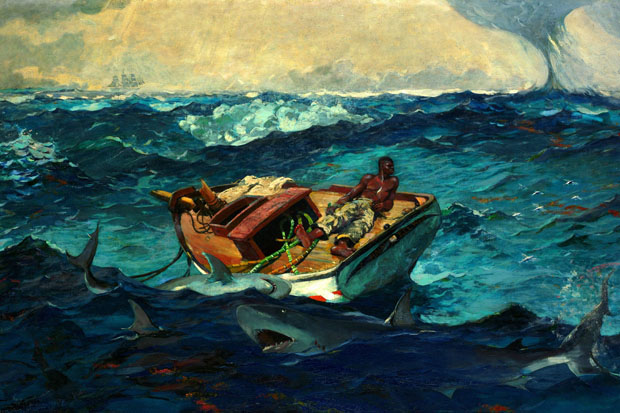
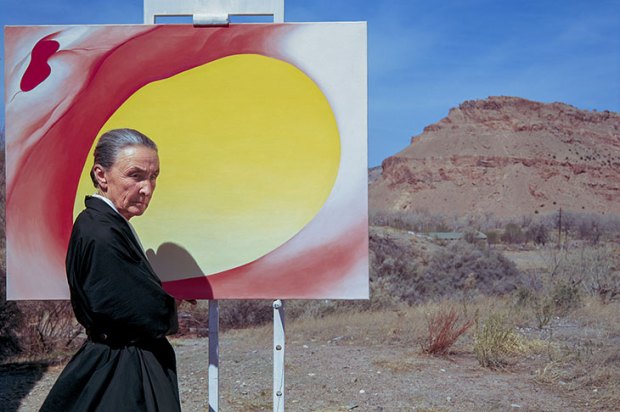
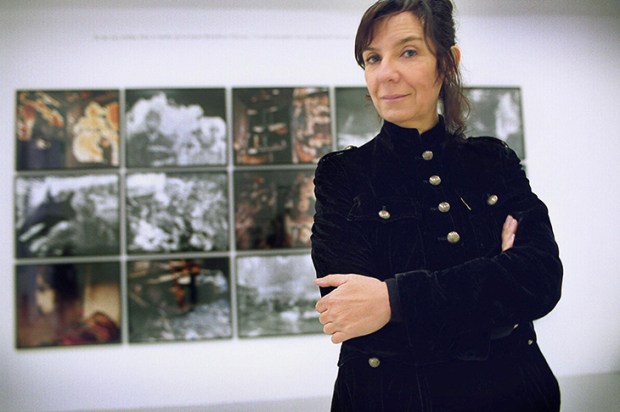
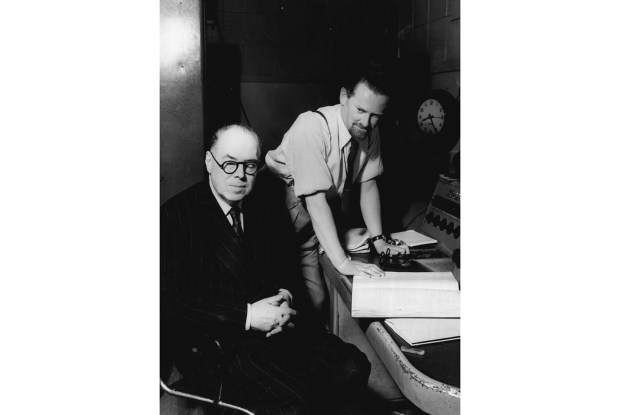

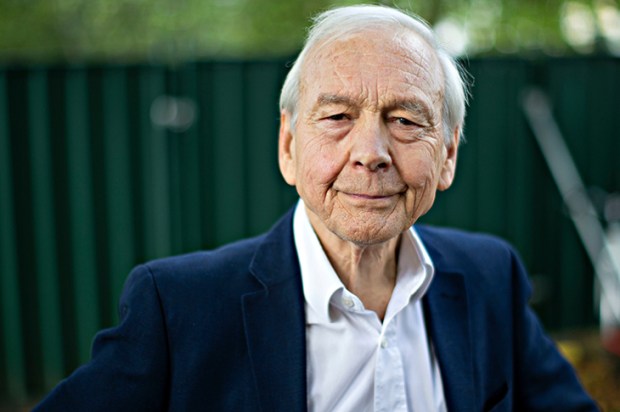
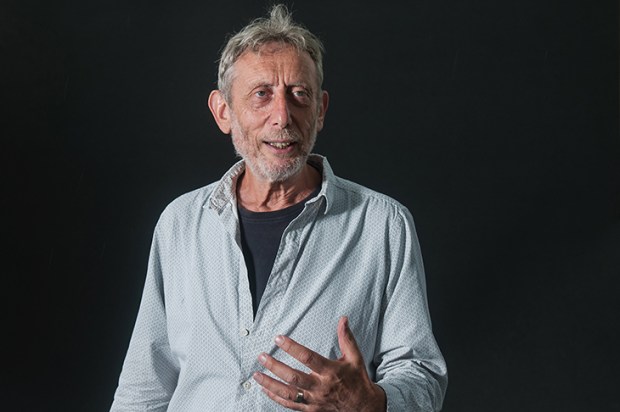






Comments
Don't miss out
Join the conversation with other Spectator Australia readers. Subscribe to leave a comment.
SUBSCRIBEAlready a subscriber? Log in